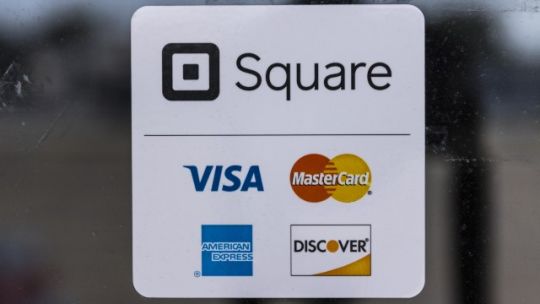Afterpay to be sold to Square: What will it mean for Afterpay shareholders?

Afterpay is set to be bought by payments giant Square, with the acquisition of the buy now pay later service announced this morning. There could be both pros and cons for the many Australians invested in Afterpay, according to experts.
At just 10 years old, Australian-born buy now pay later fintech Afterpay has agreed to a $39 billion ($US29 billion) deal to be acquired by United States payments service Square, which is owned by Twitter founder Jack Dorsey.
The deal would see Afterpay’s buy now pay later capability integrated into Square’s merchant payment systems and Cash App, which is a mobile app that allows people to send and receive money.
The news was announced Monday prior to the open of the sharemarket, and marks the largest corporate transaction in Australian history.
It’s expected the deal will be finalised in the first quarter of 2022.
So, what will it mean for Afterpay shareholders?
1. Investors will be able to hang onto their shares on the ASX
Reports say Square will establish a secondary listing on the ASX, meaning local investors currently invested in Afterpay will be able to keep their shares.
Openmarkets Group (OMG) CEO Ivan Tchourilov told Canstar that Afterpay shareholders would have the option to select whether they want to receive shares in Square that will be listed on the ASX, or whether they want to receive shares in Square listed in the US.
According to Afterpay, its shareholders will receive a fixed exchange ratio of 0.375 shares of Square Class A common stock for each Afterpay ordinary share they hold.
Afterpay’s share price hit $124.22 shortly after the market opened on Monday, after closing last week at $96.66 and falling 18.2% in July. The stock hit a record-high of $160.05 in February.
2. Future growth prospects could been seen as a positive
Financial advisor and Pivot Wealth founder Ben Nash told Canstar the buyout could be seen as a positive by investors.
“The Square business has a considerable footprint into the US market in particular and markets generally,” Mr Nash said.
“It’s also got a lot of outlets and providers that are using their technology so that is a positive thing for the future growth, which is a potential upside for the Afterpay element of the business.”
3. More diversified business could reduce risk for investors
Another pro to the deal could be the different business model, with Square being a payments service provider not a buy now pay later provider, according to Mr Nash.
“Having a more diversified operation between the buy now pay later element that Afterpay brings and the other business that Square is currently operating is a diversification play that probably reduces risk to shareholders to a degree,” he said.
4. Less exposure to buy now pay later could be a turn off for some investors
One possible downside for investors is a lot of people who purchased Afterpay shares may have done so specifically to invest in the buy now pay later setor.
“While the risk might be lower with a more diversified business, if you’re an investor who has a positive view of the future of the buy now pay later sector, then your exposure to that sector is reduced given your investment in that sector is diluted among a broader business,” Mr Nash said.
“Time will tell what it means for the growth moving forward, but I would expect that some investors who wanted that buy now pay later-specific exposure – of which there’s clearly quite a few – may view this less favourably.
“On the flip side though, they may pick up more investors who are keen for a flavour of buy now pay later, but with other business operations to spread the risk.”
5. Investors might jump to other buy now pay later players, like Zip
Another possibility is that those investors who purchased shares in Afterpay for the buy now pay later exposure may start looking elsewhere, according to Mr Nash.
“I think if you were an investor who wanted specific buy now pay later exposure, without a general payment services business, you would probably be looking at other buy now pay later providers like Zip,” he said.
“There’s a significant increase of players in that space. I would expect that there should be some run off to those other businesses.”
In fact, he said it was already happening, noting Zip Co had seen its share price rise sharply on Monday off the back of the Afterpay-Square news (+8.43% to $7.20 at 1pm AEST).
Other buy now pay later providers listed on the ASX include Latitude, Sezzle, Humm, Openpay and Douugh.
This article was reviewed by our Sub Editor Tom Letts before it was updated, as part of our fact-checking process.

- 1. Investors will be able to hang onto their shares on the ASX
- 2. Future growth prospects could been seen as a positive
- 3. More diversified business could reduce risk for investors
- 4. Less exposure to buy now pay later could be a turn off for some investors
- 5. Investors might jump to other buy now pay later players, like Zip
Try our Online Share Trading comparison tool to instantly compare Canstar expert rated options.






